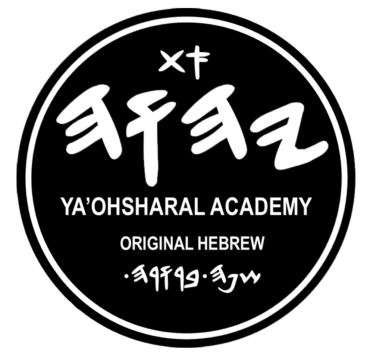How Old Is The “Canaanite” Alphabetic Script?
The so-called Ahiram Sarcophagus discovered in 1923 by French archaeologist Pierre Montet in Jbeil, Lebanon (ancient Byblos of the Sidonians), is the oldest known Phoenician-Canaanite inscription. The sarcophagus is currently preserved in the National Museum of Beirut. The item and its inscription appears to date to the 10th century BC, and probably 945 BC to […]
How Old Is The “Canaanite” Alphabetic Script? Read More »
